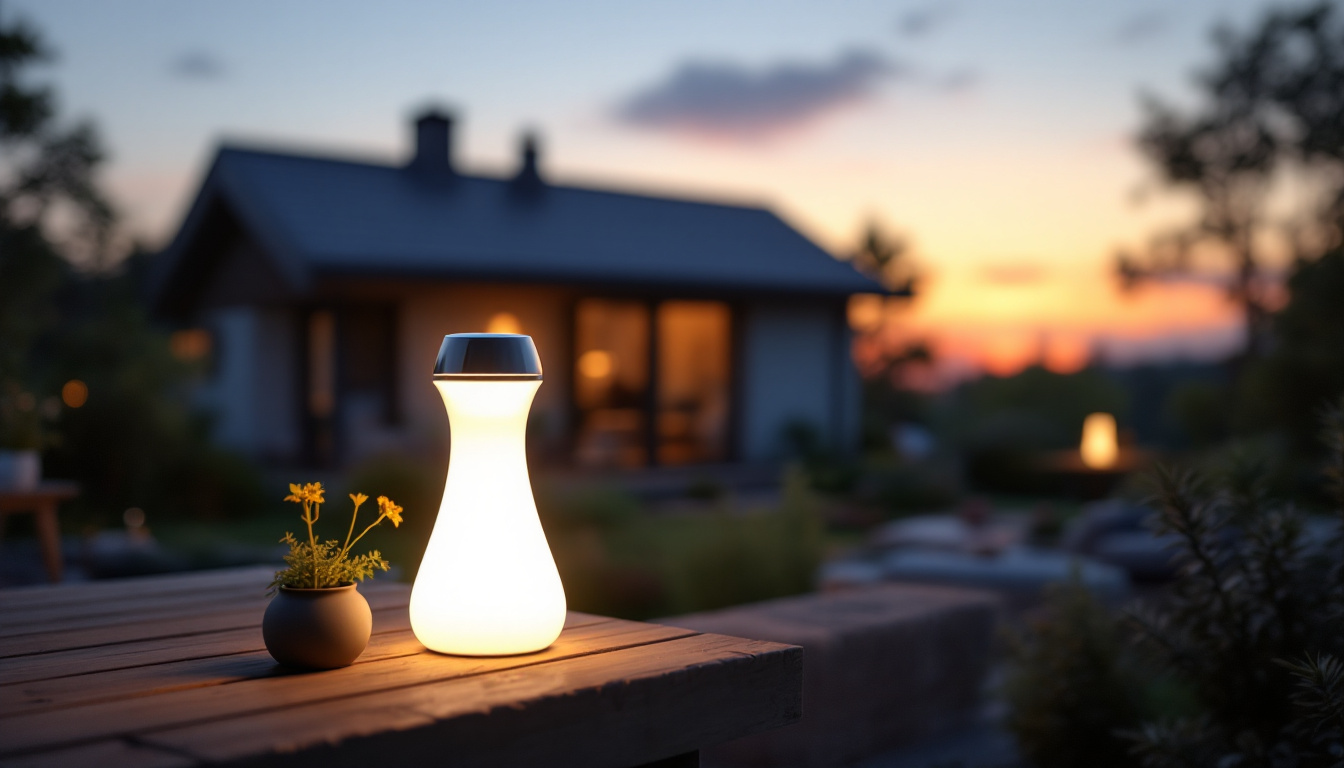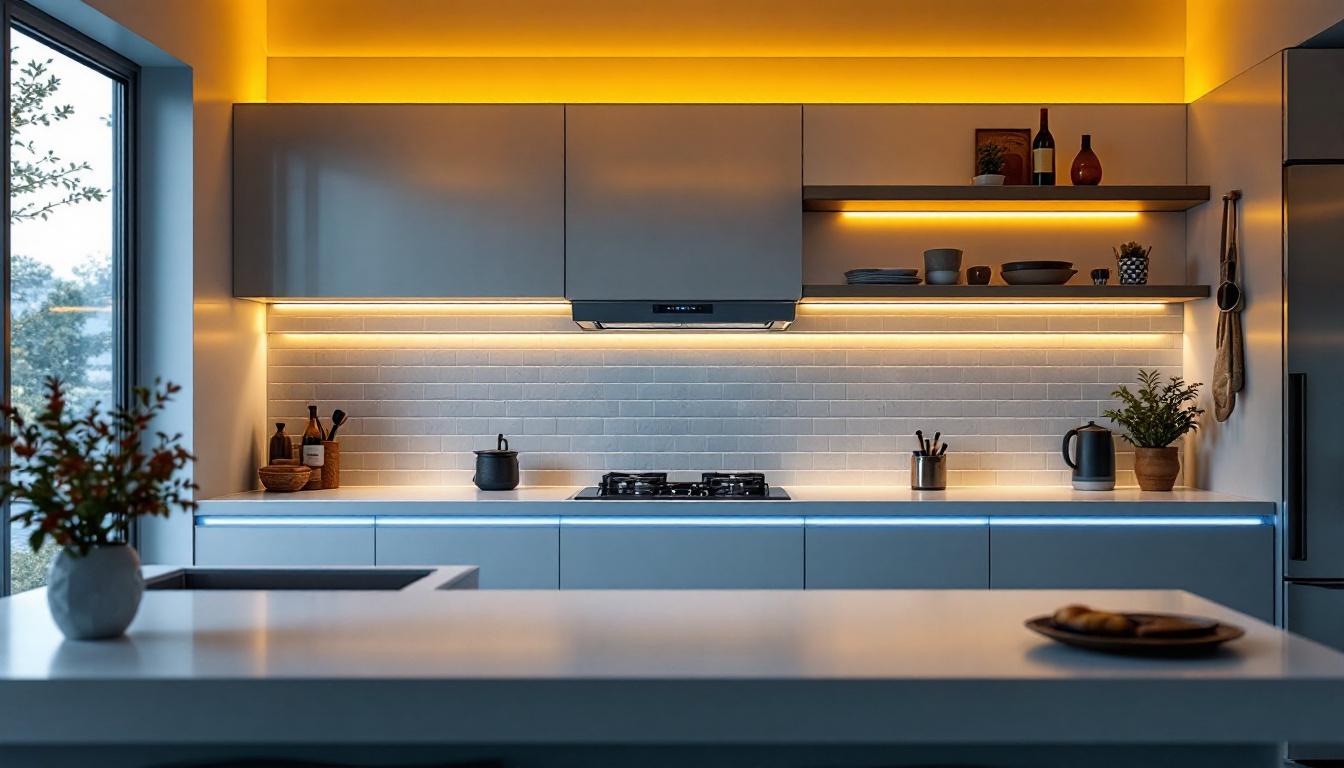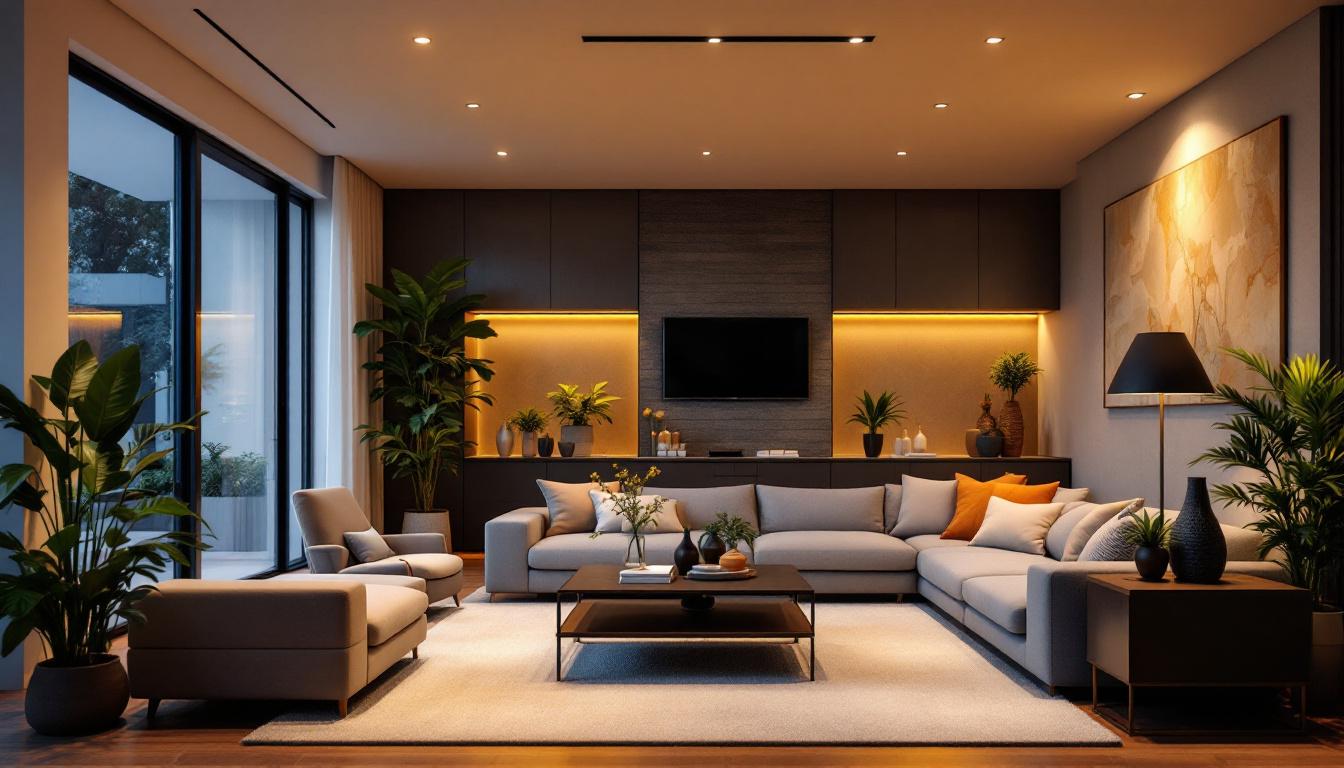
In recent years, the demand for sustainable and energy-efficient lighting solutions has surged. Solar house lamps have emerged as a popular choice among homeowners seeking to illuminate their outdoor spaces while minimizing their carbon footprint. For lighting contractors, understanding the intricacies of solar lamps is essential to meet client expectations and provide optimal service.
Clients are increasingly informed about the benefits of solar technology, and they expect contractors to be equally knowledgeable. This article will explore what clients expect lighting contractors to know about solar house lamps, from technical specifications to installation best practices.
Solar house lamps harness the power of the sun, converting sunlight into electricity through photovoltaic cells. This technology not only reduces reliance on traditional power sources but also offers homeowners significant savings on their energy bills. Many solar lamps come equipped with LED bulbs, which are known for their longevity and energy efficiency. This combination of solar power and LED technology ensures that outdoor spaces can be illuminated for hours after sunset, providing safety and ambiance without the environmental impact of conventional lighting.
Moreover, the design and aesthetics of solar house lamps have evolved dramatically. Today’s models are available in a variety of styles, from sleek modern designs to charming vintage looks, allowing homeowners to choose fixtures that complement their exterior décor. Additionally, many solar lamps are equipped with features such as motion sensors, adjustable brightness settings, and even color-changing capabilities, further enhancing their appeal. As a contractor, being able to discuss these options and their benefits can significantly influence a client’s decision-making process, making it crucial to stay updated on the latest trends and innovations in solar lighting technology.
At the core of solar house lamps is the technology that harnesses sunlight to generate electricity. This section delves into the fundamental aspects of solar technology that contractors should be familiar with.
Solar lamps typically consist of solar panels, batteries, LED lights, and a control system. The solar panels capture sunlight during the day and convert it into electrical energy, which is stored in batteries. When the sun sets, the stored energy powers the LED lights, providing illumination throughout the night. Understanding this basic functionality is crucial for contractors to explain the benefits and limitations of solar lamps to clients.
There are various types of solar lamps available on the market, each designed for specific applications. Some common types include:
Contractors should familiarize themselves with these types to recommend the best options based on their clients’ needs.
Clients investing in solar house lamps often have high expectations regarding performance. Understanding these expectations can help contractors provide better service and ensure client satisfaction.
One of the primary concerns for clients is the brightness of solar lamps, measured in lumens. Clients typically expect solar lamps to provide adequate illumination for their intended space. Contractors should be prepared to discuss the lumen output of various models and how it correlates with the area that needs lighting.
For instance, a pathway light may require around 100-200 lumens, while a floodlight for a backyard could need 700 lumens or more. Educating clients on these specifications can help them make informed decisions.
Another critical factor is the battery life and charging time of solar lamps. Clients want to know how long the lamps will last on a full charge and how quickly they recharge during the day. Most solar lamps will operate for 6-12 hours on a full charge, depending on the battery capacity and the amount of sunlight received.
Contractors should also explain that factors such as weather conditions and seasonal changes can affect performance. Providing realistic expectations will help clients understand the limitations of solar technology.
Proper installation is vital for the optimal performance of solar house lamps. Lighting contractors should be well-versed in best practices to ensure that clients receive the best results.
Before installation, conducting a thorough site assessment is essential. This involves evaluating the location’s sunlight exposure, potential obstructions, and the intended use of the lamps. Contractors should advise clients on the best placement for solar lamps to maximize sunlight exposure throughout the day.
For example, areas shaded by trees or buildings may not receive sufficient sunlight, affecting the lamp’s performance. By identifying these issues early, contractors can recommend alternative solutions or lamp placements.
Once the site assessment is complete, proper mounting and positioning of solar lamps are crucial. Clients expect lamps to be securely installed and positioned at optimal angles to capture sunlight effectively. Contractors should use durable mounting hardware and ensure that the lamps are stable and weather-resistant.
Moreover, positioning the lamps at the right height can enhance their effectiveness. For instance, pathway lights should be installed at a height that provides adequate illumination without obstructing the path.
Clients often overlook the maintenance requirements of solar lamps, assuming they are entirely self-sufficient. Educating clients about maintenance can enhance their satisfaction and prolong the lifespan of their solar lighting systems.
Solar panels require regular cleaning to maintain their efficiency. Dust, dirt, and debris can accumulate on the surface, reducing their ability to capture sunlight. Contractors should advise clients to clean the panels periodically, especially after heavy storms or dust storms.
Providing clients with simple cleaning guidelines can empower them to take proper care of their solar lamps, ensuring they function optimally for years to come.
Over time, the batteries in solar lamps may need replacement. Contractors should inform clients about the signs of a failing battery, such as reduced brightness or shorter operating times. Educating clients on battery maintenance and replacement will help them understand the long-term care required for their solar lamps.
Offering battery replacement services can also be a valuable addition to a contractor’s service portfolio, enhancing client satisfaction and fostering long-term relationships.
Cost is a significant factor for many clients when considering solar house lamps. Lighting contractors should be prepared to discuss the various costs associated with solar lighting solutions.
Clients often weigh the initial investment of solar lamps against potential long-term savings on electricity bills. While solar lamps may have a higher upfront cost compared to traditional lighting, they offer substantial savings over time due to their energy efficiency and low maintenance requirements.
Contractors should provide clients with a cost-benefit analysis, highlighting the long-term savings associated with solar technology. This information can help clients justify their investment and make informed decisions.
Many regions offer incentives and rebates for installing solar lighting systems. Contractors should stay updated on local programs and be prepared to inform clients about potential savings. This knowledge can significantly influence a client’s decision to invest in solar lamps.
By helping clients navigate available incentives, contractors can enhance the appeal of solar lamps and increase the likelihood of a sale.
Beyond functionality, clients often consider the aesthetic appeal of solar lamps. Lighting contractors should be equipped to discuss design options that align with their clients’ preferences and enhance their outdoor spaces.
Solar lamps come in various styles and finishes, allowing clients to choose options that complement their home’s architecture and landscaping. From sleek modern designs to rustic lantern styles, there is a solar lamp for every aesthetic preference.
Contractors should showcase a range of options and assist clients in selecting lamps that not only provide illumination but also enhance the overall look of their outdoor areas.
Clients often seek to integrate solar lamps into their landscape design seamlessly. Lighting contractors should understand how to position lamps to highlight landscaping features, such as trees, shrubs, or pathways.
Providing design recommendations that enhance the beauty of outdoor spaces while ensuring adequate lighting can elevate the contractor’s service and client satisfaction.
Despite the growing popularity of solar lamps, several misconceptions persist. Lighting contractors should be prepared to address these misunderstandings to build trust with clients.
One common misconception is that solar lamps do not work in cloudy or rainy weather. While it is true that solar panels generate less energy on cloudy days, they can still capture some sunlight. Educating clients about this aspect can alleviate concerns and set realistic expectations.
Furthermore, discussing battery capacity and how it can store energy for use during less sunny days can help clients feel more confident in their investment.
Another misconception is that solar lamps are not durable enough to withstand harsh weather conditions. In reality, many solar lamps are designed to be weather-resistant and can endure rain, snow, and extreme temperatures. Contractors should emphasize the durability of quality solar lamps and reassure clients about their longevity.
As the demand for solar house lamps continues to grow, lighting contractors play a pivotal role in guiding clients through the selection, installation, and maintenance processes. By understanding client expectations regarding performance, installation best practices, cost considerations, and design options, contractors can provide exceptional service and foster long-lasting relationships.
Staying informed about solar technology advancements and addressing common misconceptions will further enhance a contractor’s credibility and expertise. Ultimately, meeting client expectations in the realm of solar house lamps not only leads to satisfied customers but also contributes to a more sustainable future.
Ready to elevate your lighting game and exceed client expectations with solar house lamps? Look no further than LumenWholesale, where we provide lighting contractors with the highest quality, spec-grade lighting solutions. Our extensive selection of solar lighting products ensures you can find the perfect match for any project, all at unbeatable wholesale prices. Say goodbye to middleman markups and hello to superior products, free shipping, and the best value for your investment. Wholesale Lighting at the Best Value is just a click away. Partner with us and bring the power of the sun to your clients’ doorsteps, effortlessly.

Discover the essential considerations for lighting contractors when installing strip LED lighting in kitchens.

Discover how automatic timers for outdoor lights are revolutionizing the lighting industry by enhancing energy efficiency, boosting security, and offering unparalleled convenience.

Explore the transformative power of 5000 lumen lighting solutions in boosting the success of lighting contractors.

Discover how shallow recessed lighting is revolutionizing the lighting industry, offering contractors innovative solutions for modern design challenges.